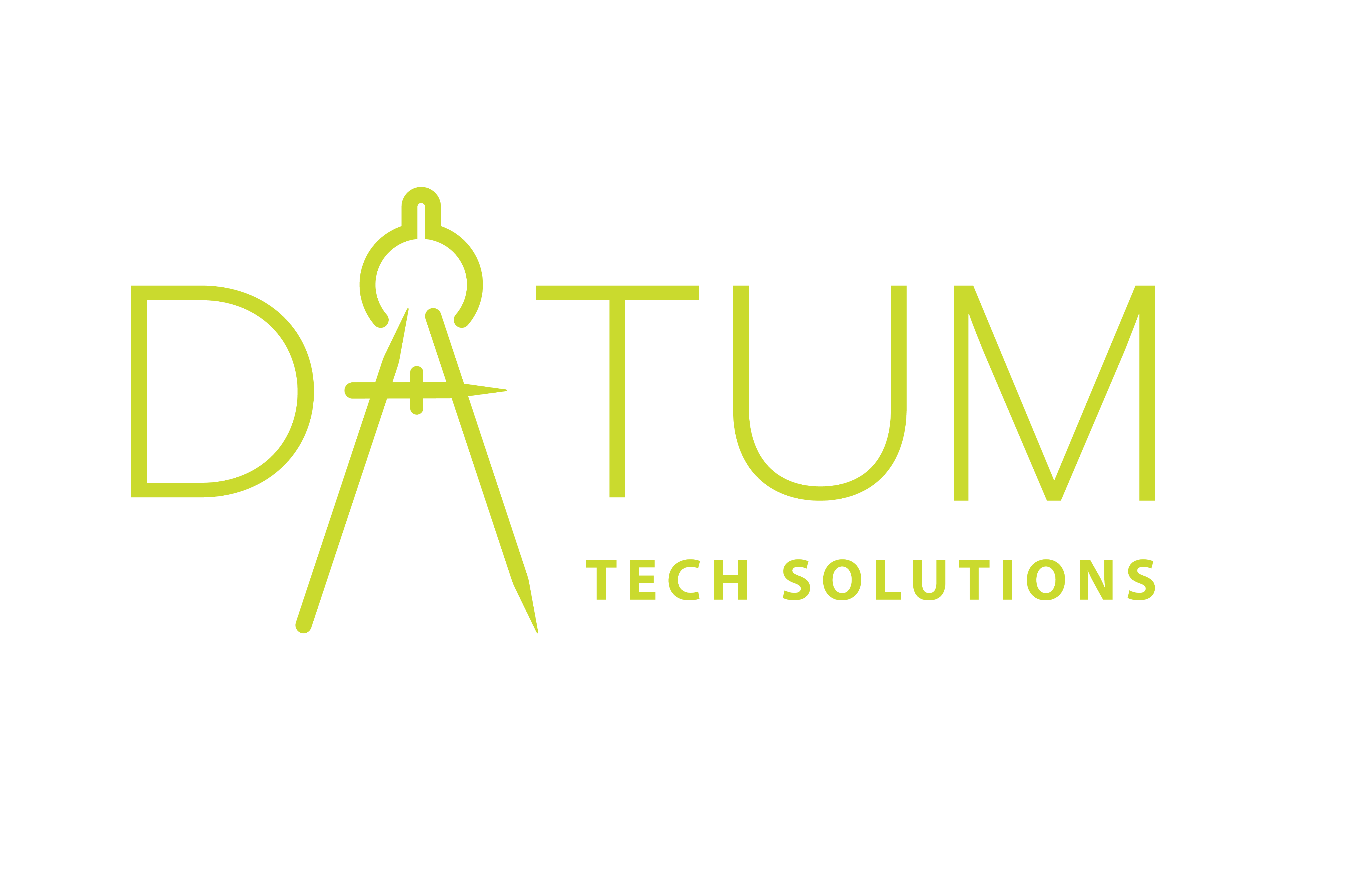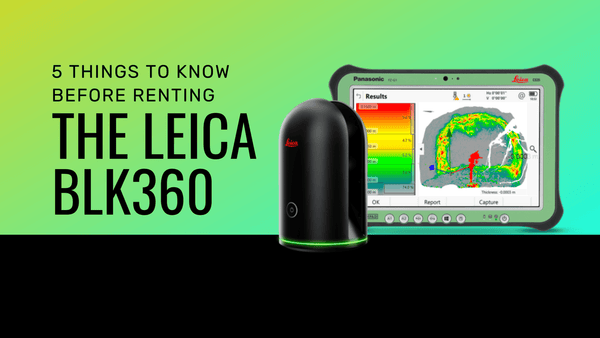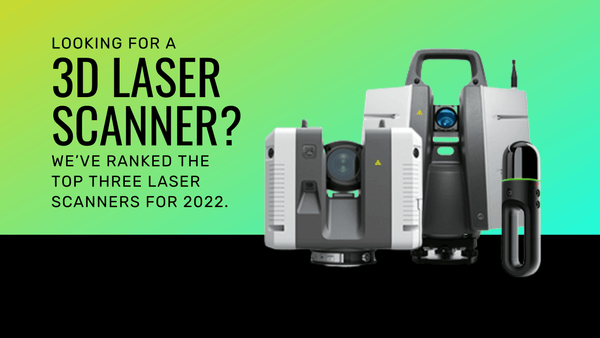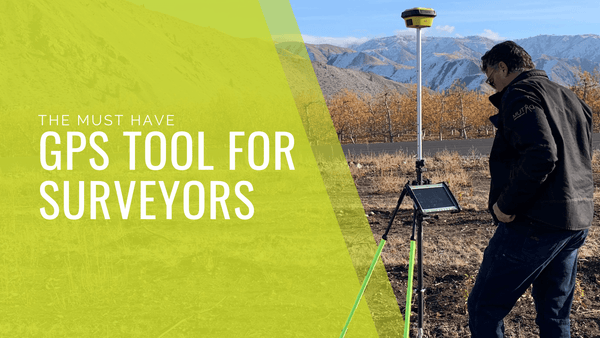What is 3D Laser Scanning?
What Is 3D Laser Scanning?
There is a new wave of technology helping the construction, forensics, and historical preservation industries (just to name a few). That technology is 3D laser scanning. This potent new technology is constantly progressing and expanding to help a wide range of businesses.
3D laser scanning, in its simplest form, is the use of laser light lines to digital reconstruct the physical world. The process is incredible powerful because of its ability to capture the physical world with unmatched accuracy.
These laser light lines create a field of data, called a “point cloud.” These point clouds are a robust data set of measurements that allow experts in the field of 3D laser scanning to reconstruct, alter, and plan changes to real world objects to save time and money for a wide range of projects across an even broader range of industries.
How 3D Laser Scanning Is Used In Construction
The construction industry is one of the most common fields that frequently rely on 3D laser scanning. Large-scale projects require intense planning, and there is no better tool available to architects and engineers than 3D laser scanning.
Construction teams will bring in 3D laser scanning teams to help plan new renovations or build new projects. These scans allow the construction team to plan cutting of beams, foundations, and architectural designs down to the millimeter.
The scanning process improves the workflow of construction projects by vastly reducing backwork, and saves on cost by being able to reduce material waste throughout the construction project.
How 3D Laser Scanning Is Used In Forensics
Police and forensic teams are quickly becoming a major contributor to the 3D laser scanning industry. Laser scanners’ ability to accurately collect data points from small or large spaces, in addition to colors and heat, are invaluable to detectives.
Laser scanners can quickly allow forensic and public safety teams to digital recreate a crime scene. Allowing investigators to revisit a crime scene permentatly.
In fact, point cloud data has been used in multiple criminal cases throughout the US and the world. The point cloud data is widely considered to be irrefutable evidence in trials.
How 3D Laser Scanning Is Used In Historical Preservation
In the most classic case of 3D laser scanning in the field of historical preservation, French officials were able to reconstruct the Notre Dame after a fire tore through the church in 2019. Video game designers for the series, Assassin's Creed, had scanned the building for their latest release set in old Paris.
Since that use of 3D laser scanning, archeologists and historical preservationists have quickly used the technology to capture man-made and natural wonders across the globe. Ensuring that no matter what the future holds, the majesty of these wonders will be forever preserved in digital form.
Moreover, many historical sites have implemented 3D scans in preparation for the metaverse, which will allow people to virtually visit the wonder from the comfort of their own home.
How Exactly Does 3D Laser Scanning Work?

3D laser scanning works by capturing the details of a building or figure using LiDAR (or light detection and ranging) and translating those data points into a digital representation that can be analyzed and stored indefinitely.
When scanning a space, a 3D laser scanner is set up to “capture reality” through data points. Then, it gets to work gathering hundreds of thousands of data points per second to cultivate and transfer something called a “Point Cloud” to a nearby computer. Once the retrieval is complete, the data is interpreted by a software which allows one to see the data points on a computer screen.
Are There Different Types of 3D Laser Scanners?
There are many different types of 3D laser scanners as well as accessories to go with them. Many companies, such as Leica Geosystems, offer a wide army of products to select. From handheld and compact to wireless and portable to drone scanners that provide epic aerial footage (and even robots!), the options are vast.
Companies like Scan And Go even offer helpful tools that can do things like raise your scanner, stabilize it and extend it to ensure a bird’s eye view that captures every detail of a space. The demands of the project will deem what workhorse is the right fit for you and your team. Additionally, many companies offer 3D laser scanning training and consultations so you get the perfect digital detective for the job.
What industries can benefit the most from 3D laser scanning?
While the construction industry is still the field where 3D laser scanning is most widely used, it is quickly expanding into adjacent industries and even far reaching ones. The technology is becoming a critical pillar in historic preservation efforts, allowing for more creativity in architecture and even making its way into forensic investigations.
From practical use to paranormal hunting, savvy business owners are tapping on 3D laser scanning professionals to enhanced precision and workflow optimization.
How much does 3D Laser Scanning Cost?
The cost of 3D laser scanning is a nearly impossible question to answer off the bat. Reason being, it depends largely on the size, scope and scale of the project as well as the scanner selected.
One thing is true though, the initial investment will continue to pay you back for years or even decades to come. So, while it’s going to cost you more than a dinner out, the money you save in the long run will be nothing to scoff at. The best way to get a concise answer to this question is by requesting a quote from a reputable company.



